When I was a kid I couldn’t understand the difference between a fertile egg and the non fertile one. It didn’t make any sense to me at that time; I have been brought up in a family which adored poultry the most. With us three siblings, my father had dozen of chickens in the backyard too, and he took care of them as if we all are a family. When I was eight I used to bring a fresh egg from the dad’s farm every day for my breakfast; I always wished to get a chick when I break the shell, but that didn’t happen either. It caused me frustration many times; one fine dawn I looked at my father, he was sorting out the eggs. I could see him packing a box with fresh farm eggs which he was about to send to the grocery store. I inquired about this entire thing and that was the day when I was able to understand the clear difference between a fertile and non fertile egg.
The eggs which we consume are non fertile – this means they cannot be used for incubation. In simpler terms, incubation means egg hatching. In order to obtain fertile eggs farmers need to get them from hatcheries – this means getting the chicks from the eggs under your controlled circumstances.
You don’t need any professional help for incubating chicken eggs; in fact you can do the entire thing on your own. The excerpt would now help to know the ways through which you can hatch hen egg in an incubator.
1: Take equal care of eggs before incubation:
The egg hatchability declines, if proper attention is not paid to the egg before putting it for incubation. A few things to note down here;
- Practically you may not place the eggs immediately in the incubator, when received.
- You must not leave the eggs for more than 7 days, after receiving.
- Make sure the eggs are not prone to changing temperature. Make sure it’s about 50 degree Fahrenheit.
- The relative humidity level must be between 70 t0 80 percent in a room.
- Alternatively you can place all the eggs in the vegetable section of the refrigerator – this temperature remains ideal for eggs before they enter into an incubator.(hatchability reduce below 40 degree Fahrenheit. Or 4 C
- The embryo will start develop when the temperature reaches at 27 degree Celsius.
2: Placement of incubator:
- The room must have a temperature of 70 to 75 degree Fahrenheit for better chicken egg hatching.
- The room where you have placed the incubator must not vary its temperature.
- Never place the incubator where sun rays have direct access.
3: Organizing incubator for proper working:
You must have a flawless working incubator; otherwise, all your chicken eggs wouldn’t be worthy for you. In order to provide necessary heat inside the incubator, you may place a few small or large size bulbs. Most of the farmers use 40 watt bulbs because they work best. Also, make sure none of the pores are left open otherwise the entire heat would escape.
4: preparing the eggs for hatching:
Turning the eggs inside the incubator is very essential for better hatching. What you can do is, marking alphabets on either side. For example, you can write ‘Z’ on one side and ‘Y’ on the other – this would help you know which side you turned the last and what should you do at the real time.
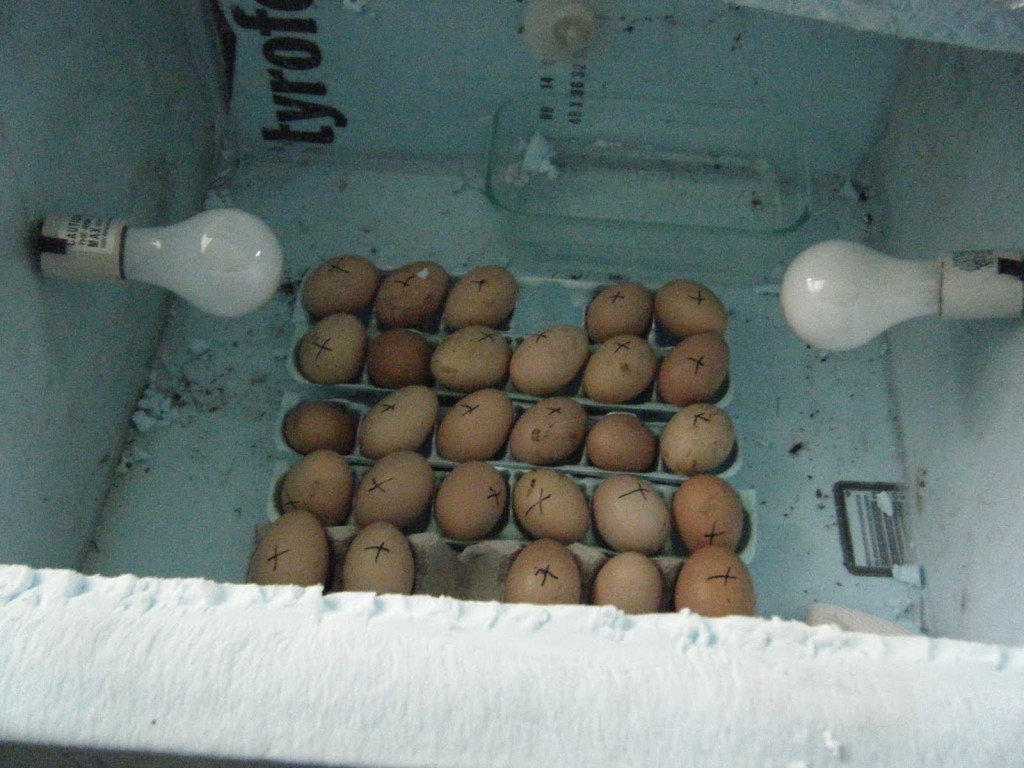
5: Humidity:
Once the eggs have been placed in the incubator, it tends to lose its moisture during incubation. Therefore, maintain humidity in the egg incubator is very pivotal. Make sure all the time there is a small pan of water inside so that it retains the needed moisture. The changing weather would also affect the humidity inside the incubator, so you would have to adjust it accordingly.
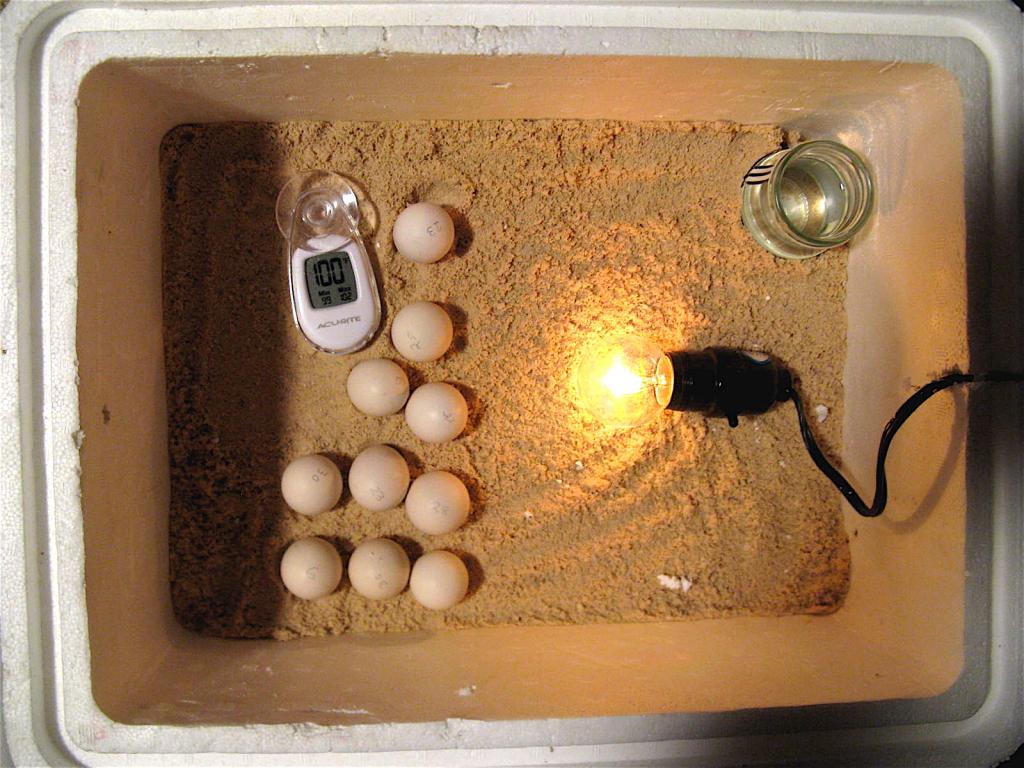
The incubation period may be up to 21 days – so what you need to do is maintain the humidity percentage about 55 to 55(83o – 87o F (28 – 31 C). This should be done for first eighteen days, and for the last 3 days it can be near to 65 percent (89o – 90o F (31 – 32 C).
Note: placing a wet sponge inside the incubator can also increase the humidity.
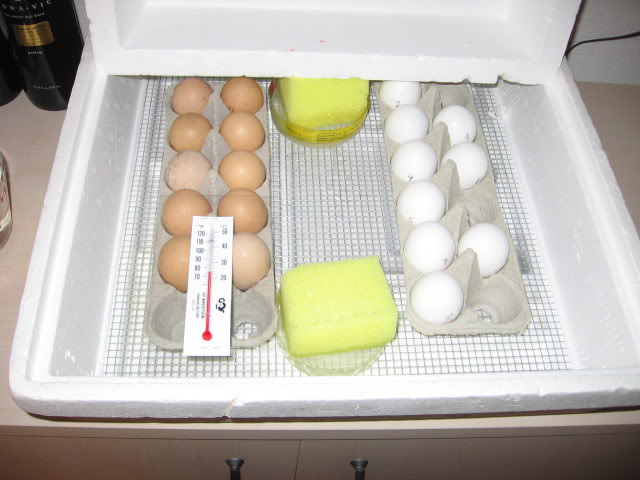
6: Ventilation:
You need to maintain the flow of air inside the incubator – the shell takes in fresh oxygen to the growing embryo and releases the carbon dioxide. When the egg is about to hatch, the need for getting fresh oxygen increases.
7: Incubation duration:
The incubation period for a chicken egg should not be more than 22 days – usually the chicken egg hatching process ends in 21 days.
8: When to turn the eggs:
You should turn the eggs three times a day – once in the morning, then afternoon and then at night before going to bed. If you won’t do that, the embryo tends to get stuck inside the shell.
9: Eggs candling:
With this procedure you would see the embryo development inside the egg, and remove those which are of no use. However, you must carry this procedure after 8th day or 10th, and not after that. All you have to do is, darken the room, fit a big bulb in a small box and cut it in a manner that you can place one egg over it if you see head and eyes of chicks as a dark spot in pinkish color it shows embryo is live and if the color is brownish the embryo is dead.
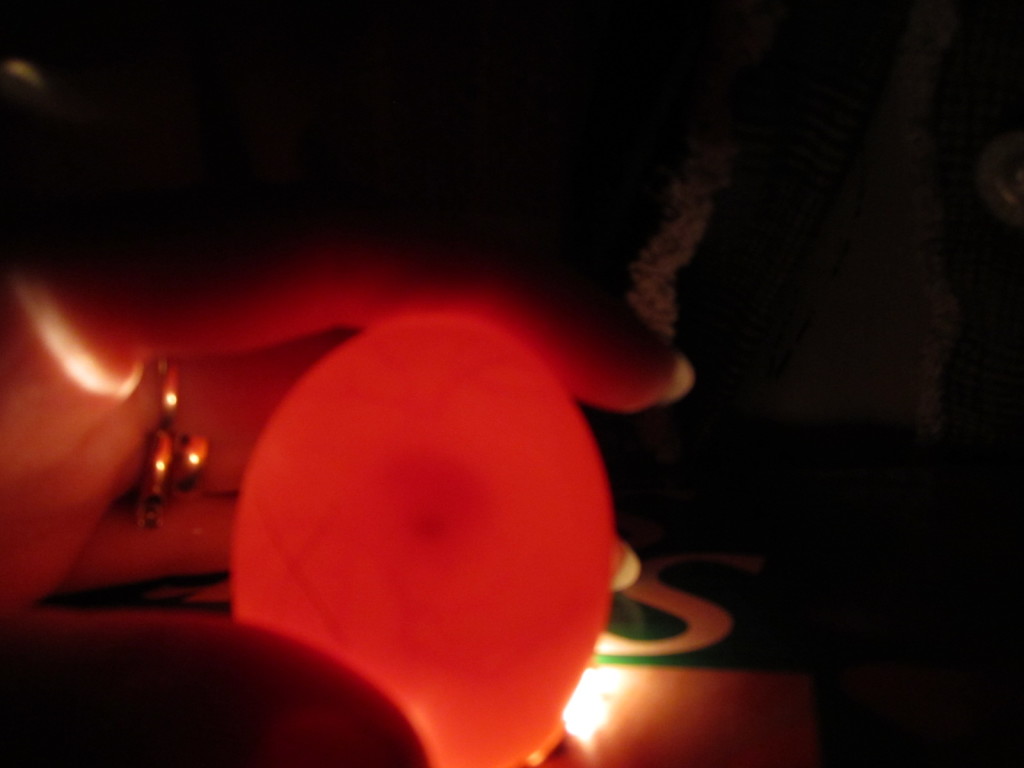
10: Incubation ending process:
- You must not turn the eggs once they have been in the incubator for more than 16 days.
- Don’t open the incubator if you don’t have anything important to place inside.
- The chick obtained beyond 22 days are usually unhealthy.
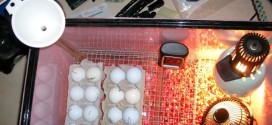
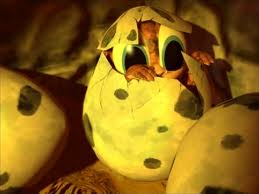
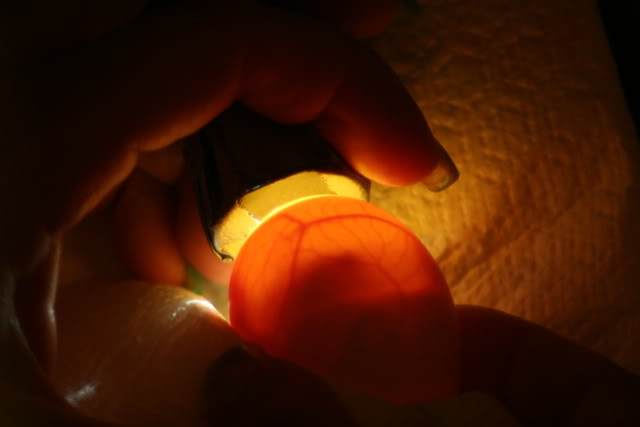

Thank you, good tips Farhan! I have only used commercially made incubators, but I thought the homemade one w/ the regular light bulbs looked very interesting. I just don’t know enough about thermostats to make an incubator myself.
I dont have 40 watt bulb so can i use 60 watt?
Must reply!!!
You can use 60W but the temperature in an egg incubator need to be kept at 99.5 degrees at all times.
Nice comprehensive article on poultry incubation and candling, it would be appreciated if more information is provided on chicken medicine and chicken feed both for one day old and adults.
Here are some topics of interest for you from this site:
https://thepoultryguide.com/homemade-chicken-feeddiy-poultry-feed-recipes/
https://thepoultryguide.com/feed-and-nutrition-for-layer/
https://thepoultryguide.com/nutrition-of-broiler/
https://thepoultryguide.com/poultry-nutrition-guide-for-backyard-chicken/
I have to point out that if you have a rooster with your chickens most of the eggs you consume are fertile eggs and as such you do not have to get them from a hatchery.
I got 2. (60 w) the temperature is 37&40c.&58%